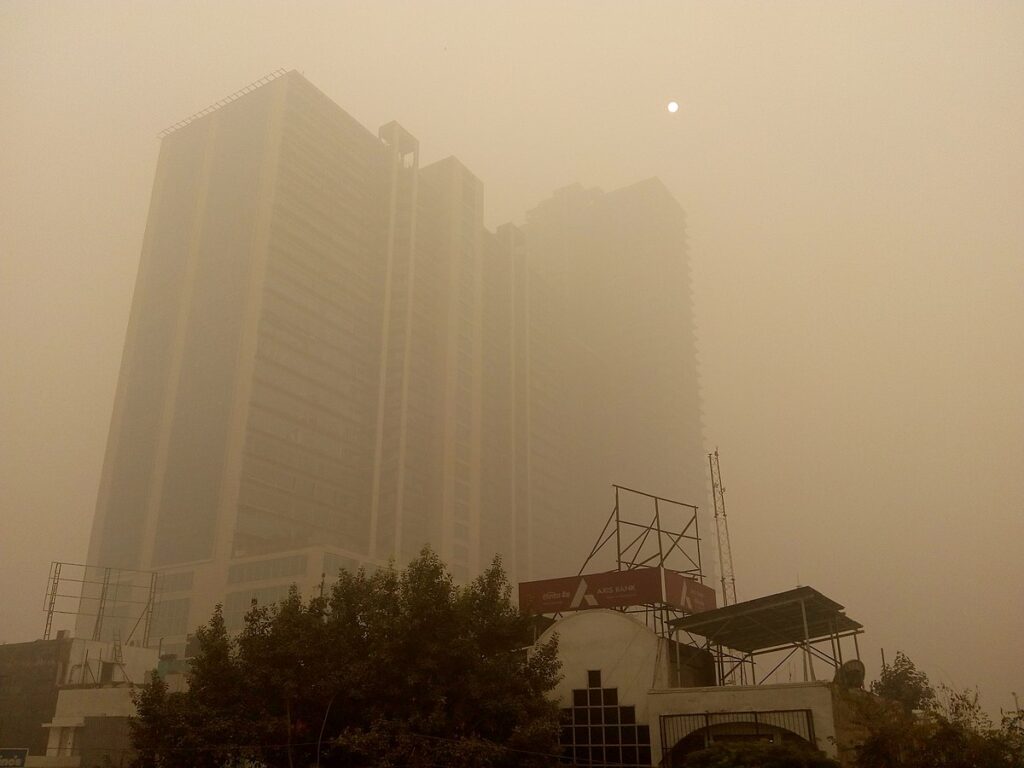Delhi and its surrounding National Capital Region (NCR) recorded the worst air quality of the season on Friday, with the 24-hour average Air Quality Index (AQI) reaching 245 — firmly in the “poor” category, according to data from the Central Pollution Control Board (CPCB).
Weather Conditions and Farm Fires Worsen Pollution
The spike in pollution marks the sharpest decline in air quality since the onset of autumn, driven by stagnant weather conditions, low wind speeds, and increasing agricultural residue burning in neighboring states. A thick haze blanketed the city’s skyline from early morning, significantly reducing visibility across several areas.
Meteorologists attributed the deteriorating conditions to calm winds and temperature inversion — a weather phenomenon that traps pollutants near the surface. The situation has been compounded by rising farm fires in Punjab and Haryana, which are increasing steadily ahead of the winter season.
“Transport of smoke from stubble burning, combined with local emissions and stagnant air, has resulted in a significant build-up of particulate matter,” said a senior official from the India Meteorological Department (IMD).
Health Concerns and Government Response
Experts have warned that the AQI could worsen further over the next week if winds remain weak and farm fires intensify. The city’s PM2.5 concentration — the most harmful pollutant — has already reached nearly four times the World Health Organization’s recommended limit.
Authorities have urged residents, especially children, the elderly, and those with respiratory issues, to limit outdoor activity. The Delhi government has indicated it may reintroduce measures under the Graded Response Action Plan (GRAP) if conditions continue to deteriorate.
Annual Challenge Ahead of Winter
Each year, Delhi’s air quality plummets between October and November due to a mix of factors — including agricultural burning, vehicular emissions, and festive fireworks — making it one of the world’s most polluted capitals during this period.
As of Friday evening, air quality at several monitoring stations — including Anand Vihar, RK Puram, and Jahangirpuri — had already breached the “very poor” threshold, with forecasts warning of further decline in the coming days.

